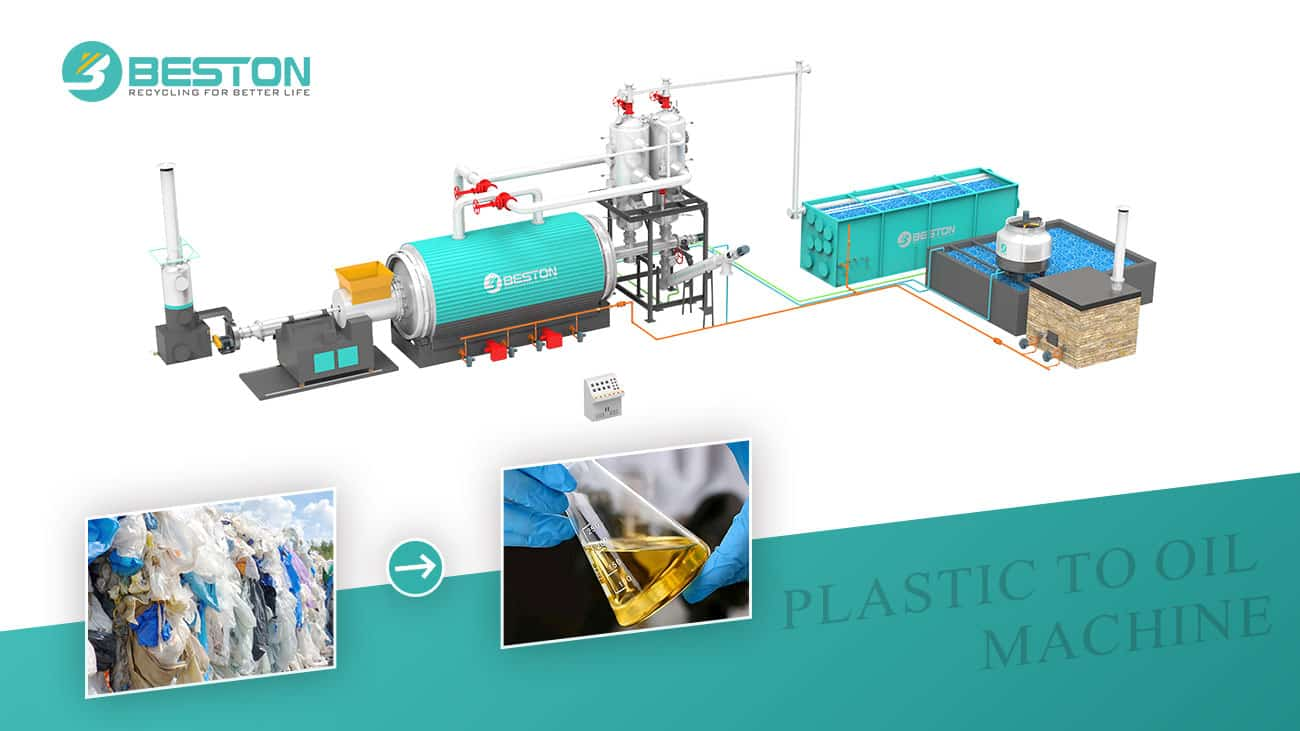


Delve into the process of converting plastic to liquid state through pyrolysis and explore its potential benefits and applications.
Plastic waste management is one of the most pressing environmental challenges of our time. Every year, millions of tons of plastic are produced and disposed of, leading to significant environmental pollution. However, innovative technologies like pyrolysis are offering a promising solution to address this issue. Pyrolysis is a thermochemical process that can convert plastic waste into valuable liquid products, such as fuel oils.
Pyrolysis is a chemical decomposition process that occurs in the absence of oxygen. In this process, organic materials (such as plastic, rubber, or biomass) are heated to high temperatures, typically between 300°C and 900°C, causing them to break down into smaller molecules. These molecules can then be reprocessed into valuable products, including gas, liquid fuel, and solid residues.
When it comes to plastic, pyrolysis is used to break down polymers into liquid fuels, which can be refined and used for various applications such as industrial heating or transportation fuels. Pyrolysis offers a sustainable solution to plastic waste by turning it into energy or valuable chemicals, rather than letting it accumulate in landfills or end up polluting the environment.
The process of converting plastic waste into liquid involves several stages. Here’s a step-by-step breakdown:
The first step in the plastic pyrolysis process is collecting and sorting plastic waste. Different types of plastic have varying chemical structures, which means that they require different processing conditions. Sorting is essential to remove contaminants, such as non-plastic materials or hazardous substances, to ensure the efficiency of the pyrolysis process.
Once the plastic waste is sorted, it is usually shredded into smaller pieces. This increases the surface area of the plastic, allowing for more efficient heating and faster pyrolysis reactions. The shredded plastic is now ready to be fed into the pyrolysis reactor.
The shredded plastic is loaded into a pyrolysis reactor, a sealed vessel designed to heat materials in the absence of oxygen. As the plastic is heated, it undergoes a process of thermal degradation, breaking down the long polymer chains into shorter molecules.
Inside the reactor, the temperature is raised gradually, typically to around 350°C to 700°C, depending on the specific type of plastic. This causes the plastic polymers to break down into gases, liquids, and solid residues.
As the plastic waste breaks down into gaseous molecules, these gases are directed through a cooling system where they condense into a liquid form. The liquid produced in this step is primarily composed of hydrocarbons, which can be further refined to produce synthetic fuel oils.
The liquid fuel, also known as pyrolysis oil or plastic-derived oil, is typically composed of a mixture of different hydrocarbons. This oil can be refined using standard refining processes to remove impurities and separate the useful fractions, such as gasoline, diesel, or kerosene. The resulting refined products can then be used in various industrial applications or even as fuel for vehicles.
In addition to liquid fuel, pyrolysis produces byproducts like syngas and char. The syngas can be used to power the pyrolysis plant itself or processed into valuable chemicals. The char, a solid carbon-rich material, can be used in various applications, such as in the production of carbon black or as a soil amendment in agriculture.
The process of converting plastic waste into liquid fuel via pyrolysis offers a promising solution to the global plastic waste crisis. It not only helps reduce the environmental impact of plastic pollution but also generates valuable products that can be used as alternative energy sources. Despite the challenges, pyrolysis technology represents a key step towards a more sustainable, circular economy, where waste is transformed into valuable resources for the future.
As technology advances and more investment flows into this field, pyrolysis could play a critical role in the global effort to manage plastic waste and reduce dependence on fossil fuels.
